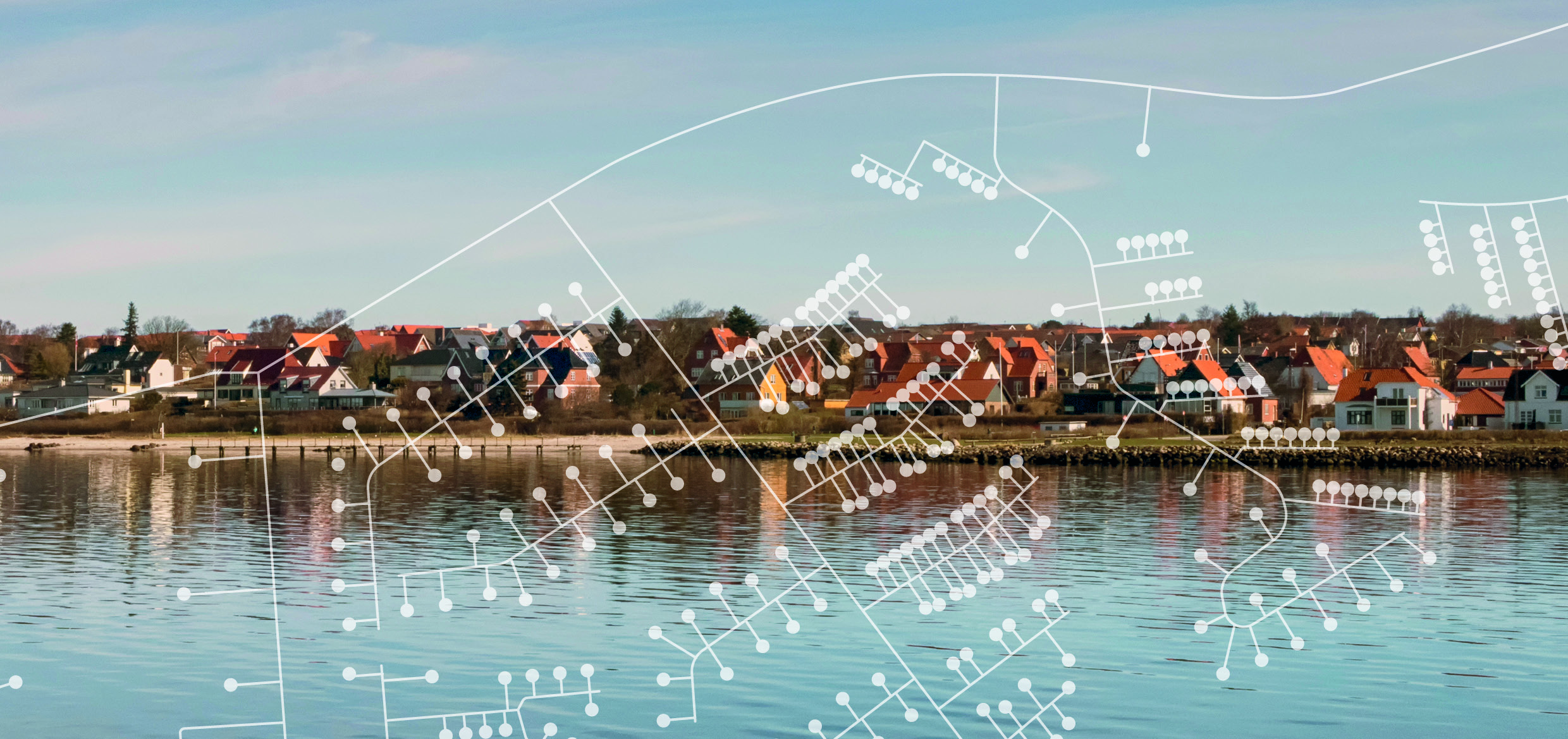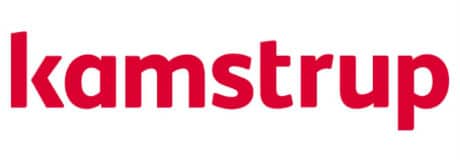Download our publication on district energy
This article is part of our publication ‘District Energy’
Download nowPerspective
District energy


Remotely read meters, frequent data and targeted analytics have enabled Assens District Heating to lower the network temperature by 6-8 degrees Celsius. So far, the utility has reduced its annual heat production by 2.5 per cent and pipeline losses by 12 per cent.
When Assens District Heating decided to invest in intelligent heat meters and a remotely read network solution back in 2013, digitalisation was still a buzzword to many, and no one knew its true potential. Nevertheless, the utility had a clear expectation that more frequent meter data would provide enhanced opportunities for optimisation.
The first phase of utilising the large amounts of data was optimisation of the distribution network. Specifically, the utility has been able to lower the forward temperature significantly. Previously, it was determined based on the end users who lived the furthest away, resulting in a higher temperature than necessary.
Today, it is optimised based on what happens in the network. Once all the meters were up and running, the utility faced a wall of data. The tools provided from Kamstrup suddenly allowed it to see – on an hourly basis – the exact temperature throughout the network. Based on continuous digitalisation of the operations, the utility has been able to lower the forward temperature by 6-8 degrees Celsius. The utility has also been
able to remove its more than 100 bypasses around the network.
This article is part of our publication ‘District Energy’
Download nowBy optimising the network operations, Assens District Heating has saved 2,500- 3,000 MWh – approximately 2.5 percent – and reduced pipeline losses by 12 per cent over the last few years. The data has helpedunderstand the hundreds of kilometres of pipes and what actually happens when, for instance, the temperature is lowered. Even employees with decade’s worth of experience have previously not had a full overview of the outcomes when making those kind of changes.
The utility expects to gain even more when they commence the next phase soon. Savings to-date have been generated by looking at the volume and temperature of the water pumped out. Only now is the utility beginning to look at individual buildings, end users with poor energy behaviour and inefficient installations.
Frequent data is also used to assess the actual need for renovating the district heating pipes. Previously, the condition of the distribution network was estimated based on factors such as age or water loss. Now that meter data from the network is combined with innovative analytics, it allows continuous monitoring of the capacity and load so that investments in network maintenance can be optimised.